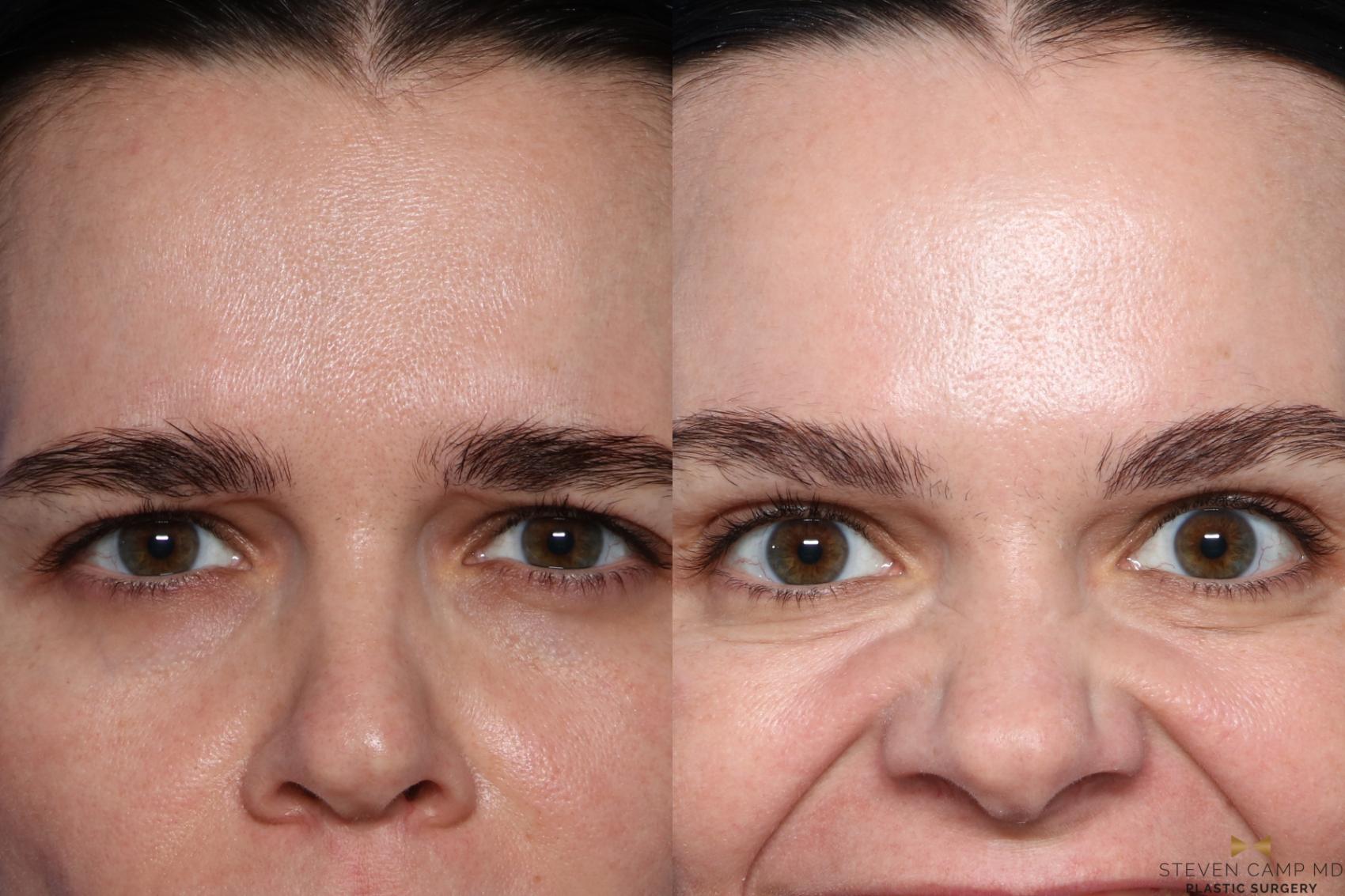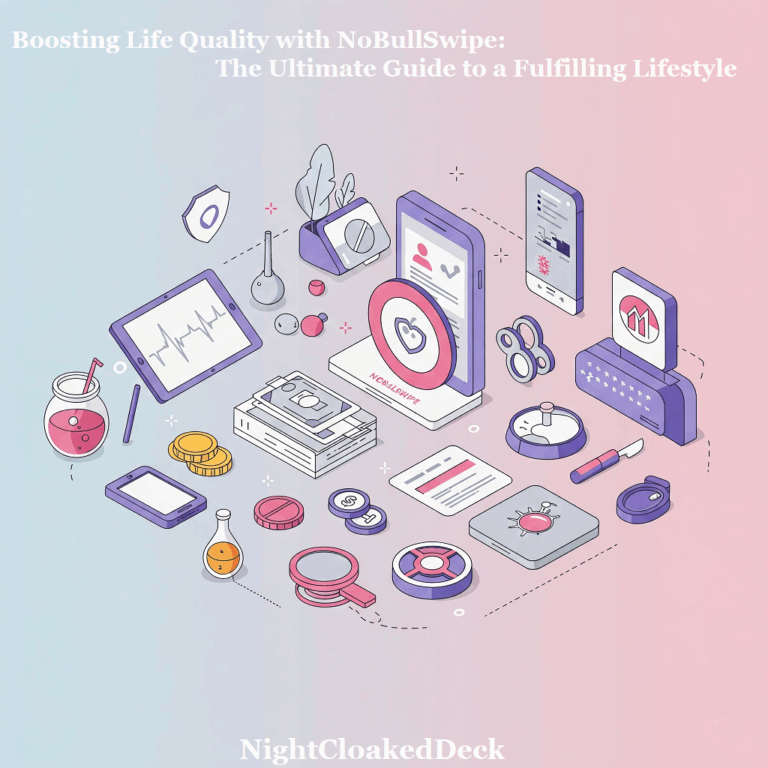
botox vs. fillers
For our skin beauty treatments without surgery, injectables are very popular. An injectable is a substance that a surgeon inserts on a patient’s skin using a needle to plump up the skin or support muscles. This, in turn, lessens the appearance of wrinkles.
Botox and fillers are two common forms of injectables, both injected using needles. However, they are unique in different ways.
Botox
This is a purified type of botulinum toxin, often obtained from bacteria. Although it is dangerous in large amounts, a regulated, tiny amount injected to correct wrinkles is safe.
Botox injections usually work by blocking patients’ nerve signals in the muscles where they are injected. When those signals are interrupted, the affected muscles are temporarily frozen or paralysed.
Without movements of those selected muscles in a patient’s face, a surgeon can soften, reduce, or even remove certain wrinkles.
Is It Safe?
Botox is regarded as an effective and safe procedure. In 2017, the FDA approved injections for forehead wrinkles. Although no long-term adverse effects have been reported, there are possible side effects. Some of these include the following:
- Nausea
- Drooping of eyebrow or eyelid
- Headache
- Itching, hives, or rashes
- Dry mouth
- Numbness, pain, bruising, or bleeding
Fillers
They are injections under skin treatment, aiming to add fullness to patients’ faces or hands or smoothen wrinkles. Both longer-lasting and temporary options are available. Doctors regard them as medical devices, not medications.
Some are temporary simply because, over time, the body breaks down and absorbs the injected substances. The FDA has approved three main fillers: PLLA (poly-L-lactic), hyaluronic acid, or calcium hydroxylapatite.
Is it Safe
Generally, fillers are safe. Many adverse effects are just mild and dissipate over time on their own. The risk is minimal for long-lasting aesthetic or functional impairments, but the risks are minimised significantly by choosing a board-certified and experienced dermatologist.
The Key Differences
If you plan to consider either of these two procedures, first look for a licensed professional to perform an assessment and a consultation. But before you even dive in, it may help a lot to understand the following key differences between the two procedures:
-
Cost
At first glance, Botox is regarded as a less costly procedure than fillers. On average, the costs of the procedure are less than those of fillers, but you will require more injections compared to fillers.
-
Processes
Botox works by paralysing or freezing patients’ facial muscles to prevent wrinkles. The procedure is mostly meant for wrinkles caused by muscle movement, called expression lines.
On the other hand, injectable fillers aim to plump or volumise injected areas. Usually, surgeons use liquid fillers for deep-set lines. This way, Botox is a preventive process, whereas fillers act as a corrective treatment.
In conclusion, both procedures are nonsurgical cosmetic treatments that help minimise ageing signs. However, their similarities stop there. Although the procedures are regarded as safe, they come with potential side effects and risks. This is why it is important to engage a qualified and experienced professional to carry out either of the procedures.






